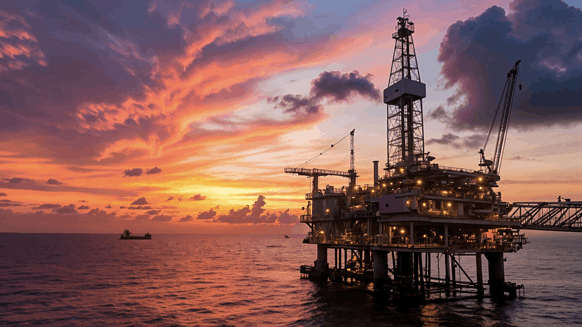
India has significant reliance on imports to meet its energy requirements, with nearly 89% of the crude oil used being imported. This dependence extends to other key fuels as well, with about 50% of natural gas and approximately 59% of Liquified Petroleum Gas (LPG) needs met through imports. Moreover, India is also a major exporter of petroleum products, shipping around 65 million metric tonnes (MMT) annually. This is largely due to its strong domestic refining capacity, which is the fourth largest globally. Petroleum, oil, and lubricants (POL) play a key role in India’s overall cargo trade, accounting for roughly 28% of the cargo volume handled at Indian ports. This includes crude oil, refined petroleum products, liquefied natural gas (LNG) and LPG. India’s consumption of POL products has increased significantly, by about 44% over the past decade, and ICRA estimates the growth is expected to continue at 3–4% annually.
To meet this rising demand, the refining capacity is projected to increase by 22% over the next five years to 315 MMT by 2030 from 258 MMT as on March 31, 2025. This expansion is further driven by the expected closure of refining capacities in Europe and other regions, positioning India as a key player in the global refining industry
